Alaskan Malamute
Alaskan Malamute Dog Food
| Male | Female |
|---|---|
| Height | Height |
| 64 - 65 cm | 58 - 59 cm |
| Weight | Weight |
| 38 - 39 kg | 34 - 35 kg |
| Life Stage | |
|---|---|
| Adult | |
| 15 months to 5 years | |
| Mature | Senior |
| 5 to 8 years | From eight years |
| Baby | |
| Birth to 2 months | |
| Male | Female |
|---|---|
| Height | Height |
| 64 - 65 cm | 58 - 59 cm |
| Weight | Weight |
| 38 - 39 kg | 34 - 35 kg |
| Life Stage | |
|---|---|
| Adult | |
| 15 months to 5 years | |
| Mature | Senior |
| 5 to 8 years | From eight years |
| Baby | |
| Birth to 2 months | |

Get to know the Alaskan Malamute
All you need to know about the breed
Fluffy and affectionate, the Alaskan Malamute is a carefree dog that has family top of mind and their job next. The breed’s deep wide chest, substantial limbs, and large head signal “working dog”. Originally bred as a sled dog in the far reaches of, you guessed it, Alaska, they were used to run over large distances at low speeds to haul heavy goods.
They have now developed into a gentle breed that’s known to be great with everyone, especially children. The Alaskan Malamute temperament helps them fit right in with the pack at home, sledders or not. They bond with their family, but will only do so if training is firm early on. Once the boundaries are set, the breed is a snuggler extraordinaire.
The Alaskan Malamute’s signature plush fur will need regular upkeep, including daily brushing with a metal comb and pin brush, and an undercoat rake added during the moulting season twice a year.
The Alaskan Malamute can typically reach up to 85 pounds in size and is equipped with enormous strength. He is a spitz-type dog, the hallmark of which is a tail that curves over their back and a sturdy body doused in thick fur. The Alaskan Malamute’s daily exercise doesn’t have to come in the form of pulling sleds: They fully enjoy obedience and agility trials, and outdoor sports, including hiking and even swimming. The perfect companion to an outdoorsy, active owner.
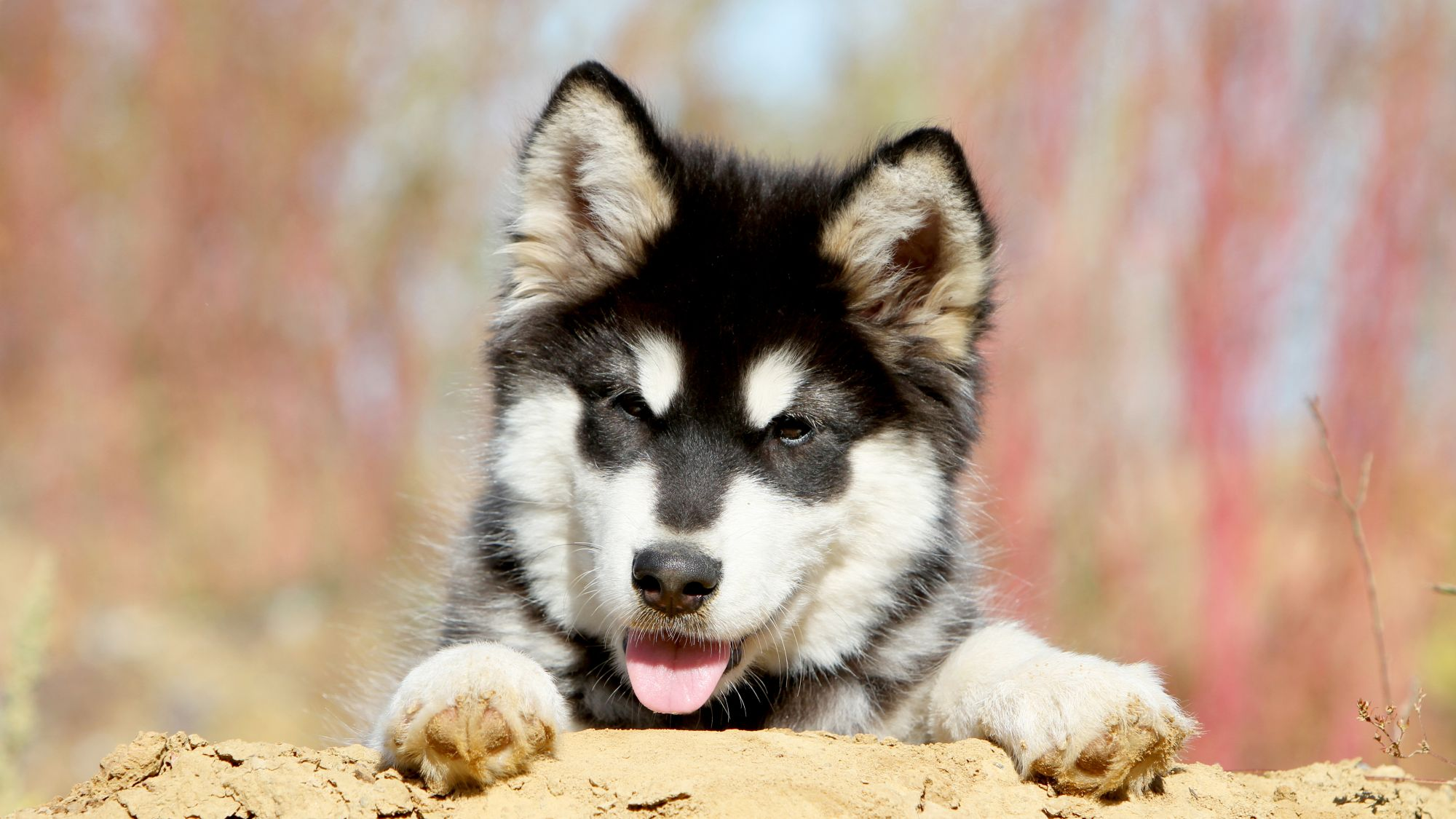
2 facts about Alaskan Malamutes

History of the breed
The 49th U.S. state is indeed the namesake of the Alaskan Malamute, but the breed’s name comes from the Mahlemiut, a group of Inuit people who lived on the Kotzebue Sound in northwestern Alaska. The breed, though, is said to have first come from a wolf-dog some 4,000 years old who accompanied Paleolithic hunters when they traversed land bridges of the Bering Strait into North America. The Alaskan Malamute dogs were used for their hulking body that could pull sleds full of cargo over these long icy distances.
Various Malamute varieties developed over the years, since the Inuit culture spans much of the northernmost territory stretching all the way to Greenland.
The American Kennel Club recognised the initial Kotzebue strain in 1935, and two other Inuit strains after World War II when the breed’s numbers had dropped drastically and by the Fédération Cynologique Internationale (FCI) in 1963.
From head to tail
Physical characteristics of Alaskan Malamutes
.
.
.
.
.
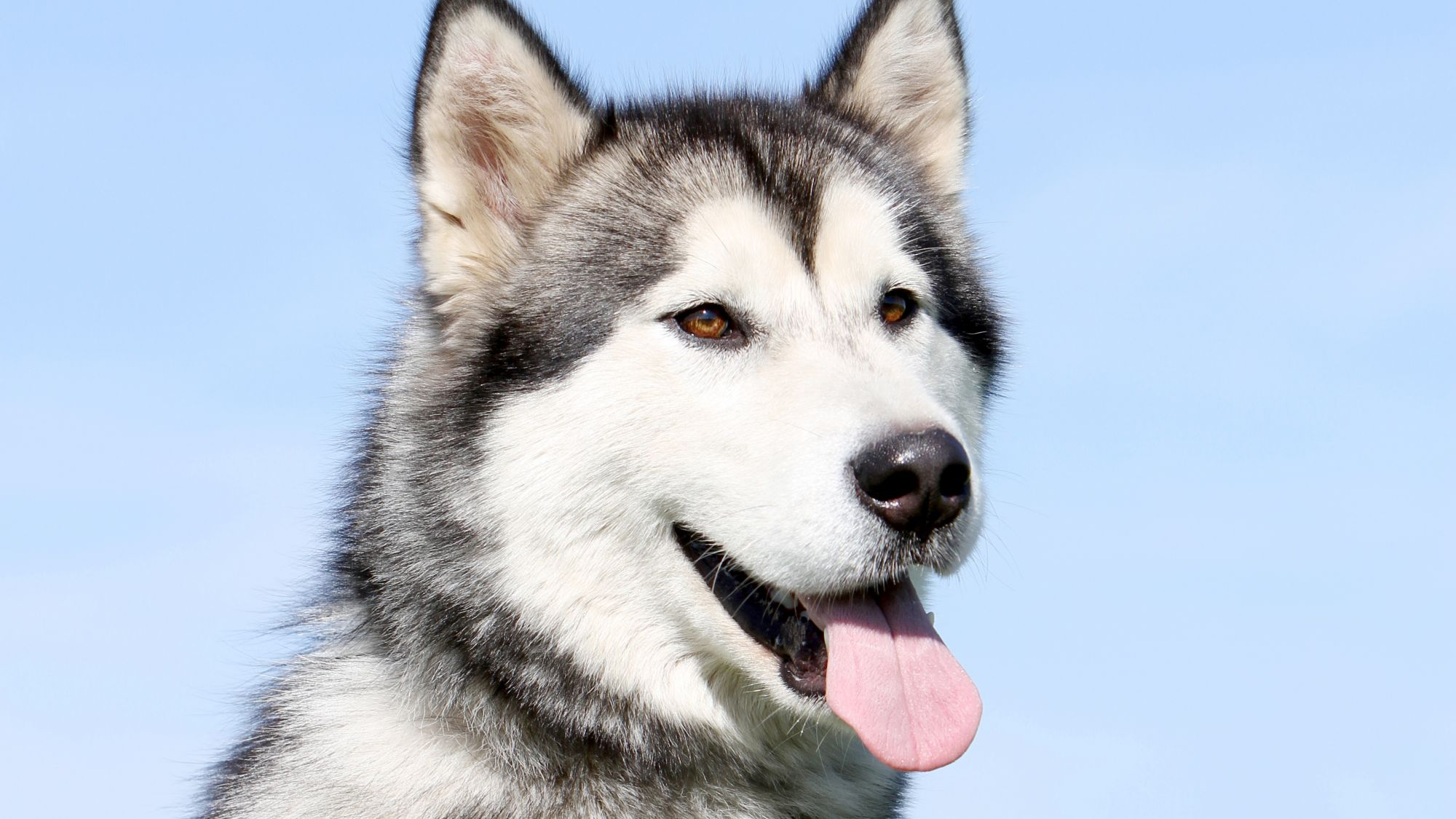
Things to look out for
From specific breed traits to a general health overview, here are some interesting facts about your Alaskan Malamute
Healthy diet, healthier dog
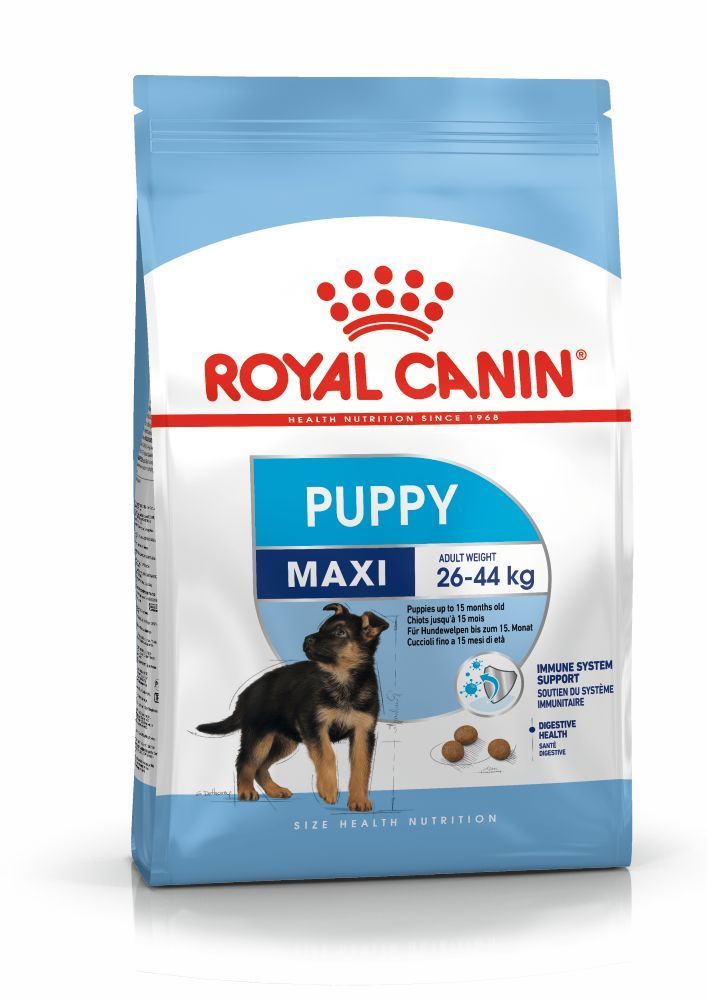
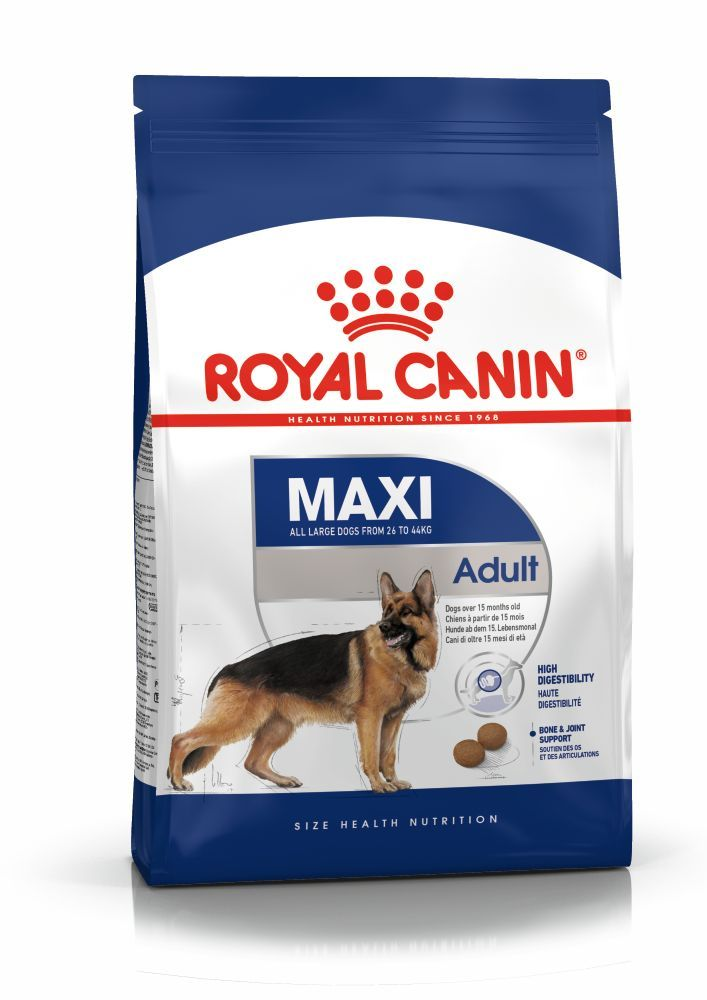

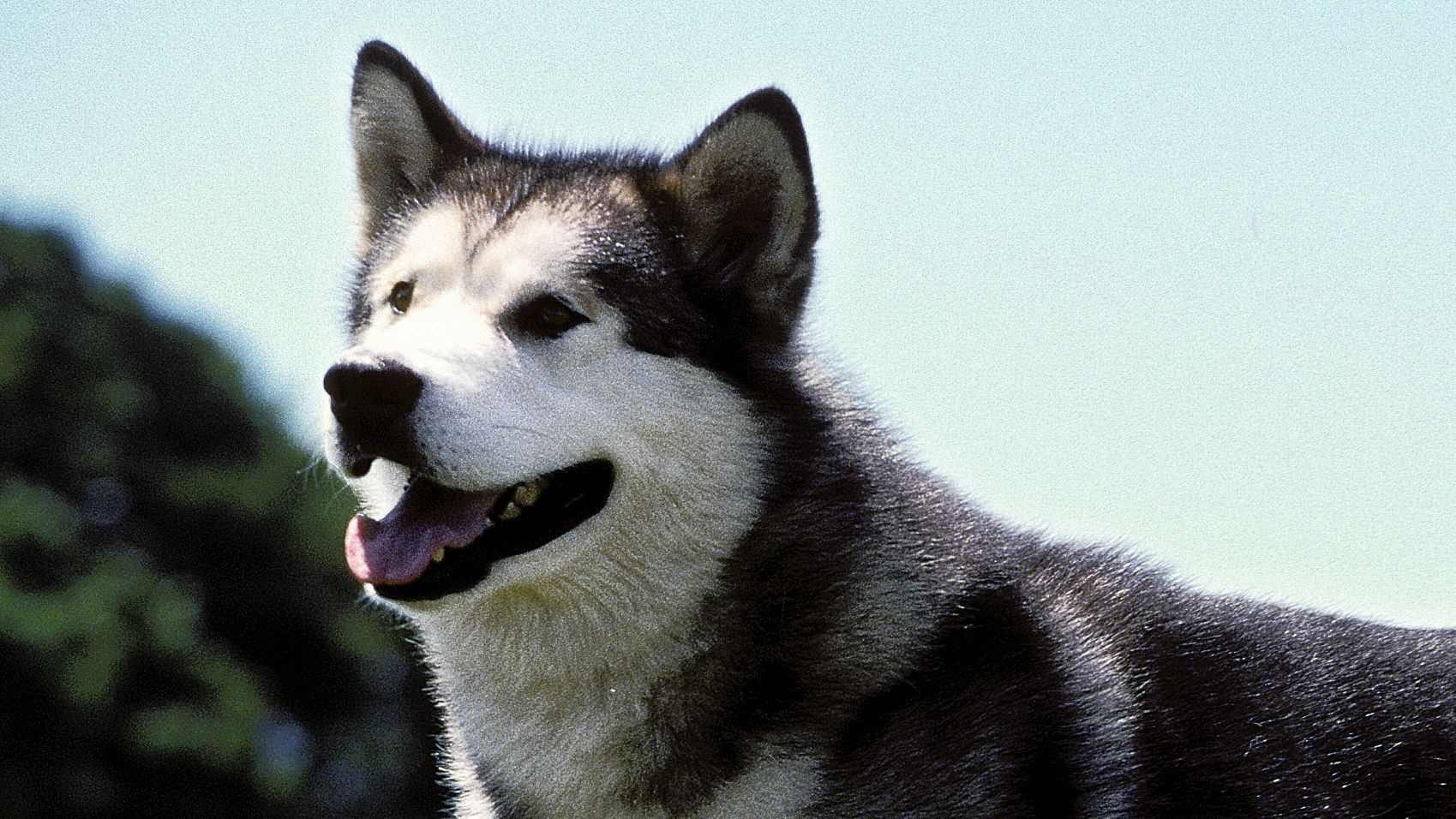
CARING FOR YOUR ALASKAN MALAMUTE
Grooming, training and exercise tips
7/7
All about Alaskan Malamutes
Suggested Breeds
Read more on this topic
Sources
- Veterinary Centers of America https://vcahospitals.com/;
- Royal Canin Dog Encyclopaedia. Ed 2010 and 2020
- Banfield Pet Hospital https://www.banfield.com/
- Royal Canin BHN Product Book
- American Kennel Club https://www.akc.org/
Like & share this page